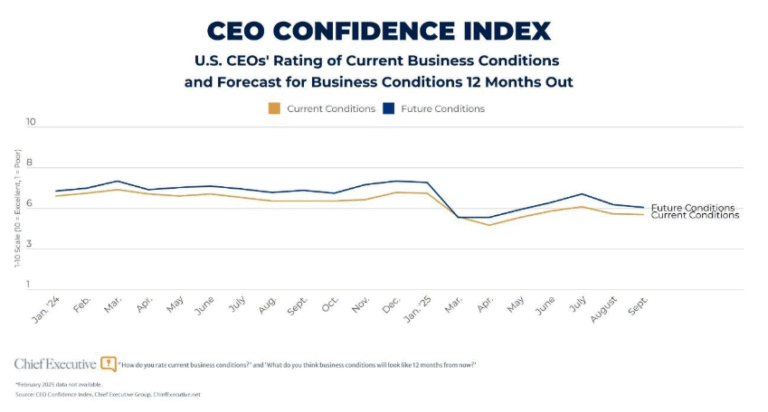
Thanks to the enactment of the Affordable Care Act in 2010—as well as other major legislative efforts—the healthcare industry is in the middle of a major shift from a volume-based reimbursement system to one where providers are paid on value. For Global Healthcare Exchange (GHX) CEO Bruce Johnson, this shift means opportunity.
In this environment, hospitals and other providers are looking to cut costs wherever they can. GHX, a cloud-based supply chain management software company, aims to help both providers and their suppliers find inefficiencies and wasted costs in the supply chain. While GHX has been around since 2000, Johnson says there has never been a more opportune time for the company.
“[The shift to value] has really put a premium on the cost quality equation, meaning hospitals are looking at how do they take cost out, but do that in a way that’s going to continue to drive outcome and quality for the patients,” says Johnson, who became CEO of GHX in 2007. He adds that this trend has also evolved where care encounters take place, with more encounters increasingly being done outside the four walls of a hospital—which is where the cloud element of GHX comes into play.
“We have millions and millions of transactions that we’re helping to automate. That’s something we’re leveraging that to help provide information for the customers to help them make better business decisions.”
Johnson spoke with Chief Executive about how investments into technology aren’t something hospital CEOs should scoff at and how his leadership style has evolved over the course of his 12-year reign as CEO. Below are excerpts from that conversation.
We are seeing the challenge of a constrained IT resources at the hospital. That’s one of the challenges where we’re looking to get our solutions implemented. The more simplified we can make those implementations, the better for our customers. We’re growing significantly, so we’re competing in a talent pool for some of the best talents in our locations in North America and Europe. That’s one we embrace. We think we’ve got a very attractive mission and purpose, as well as a great culture.
Finally, it’s looking at how do we continue to innovate. That’s something that our employees embrace. It’s one of our values. That’s about trying to create the right environments and leveraging that new cloud-based technology to allow us to get there faster.
When I’m talking with a hospital CEO, I can point to the fact that we’ve documented over $8 billion of hard savings that we’ve been able to generate because of the automation, accuracy and efficiency [of our system]. It comes from eliminating manual processes with errors that are associated with it. The second piece when I’m talking with a CEO of a hospital, the number one cost is their personnel, but their second biggest category and the lever that is the one that we can help with, around their medical supplies.
They’re really looking at this shift in the care setting…that’s a key thing for them, as well as the shift to the new payment system. So we’re bringing them a solution that helps them address that need for the outcomes data, by [integrating] supply chain data into their electronic medical records. We’ve created a way to tie in supply chain data with clinical information, so clinical practitioners can be focused on patient care and they’re not trying to look up information on [supplies]. When they use a scanner [on medications and supplies], it’s actually in their system and it’s flowing into their health record. So those are some of the things I talk to the CEO about.
When I first became a CEO, my background was more on the operations side, so probably my comfort zone was really more about the operational details. I think over time I’ve seen my view evolved to where I’m empowering the employees more and focusing more of my time on strategic activities and really energizing the employees. This mentality is allowing our team to grow. It’s also allowing us to execute and deliver at a much higher level. It sounds obvious when you say it out loud, but it’s something that when you’re going through it again, each person has different strengths. And that’s been my personal journey.
The investment that you’re putting into culture and how you develop your people is probably the most important thing you can do as CEO. Make sure you train your teams on how they can be more effective and how you can take barriers out of their way. It’s all about finding that right balance of having the metrics to ensure you’re getting the right level of accountability, but having the speed and agility to move in today’s competitive environment.
Read more: Using Tech To Tackle The Opioid Epidemic, Healthcare Costs




Chief Executive Group exists to improve the performance of U.S. CEOs, senior executives and public-company directors, helping you grow your companies, build your communities and strengthen society. Learn more at chiefexecutivegroup.com.
0

1:00 - 5:00 pm
Over 70% of Executives Surveyed Agree: Many Strategic Planning Efforts Lack Systematic Approach Tips for Enhancing Your Strategic Planning Process
Executives expressed frustration with their current strategic planning process. Issues include:
Steve Rutan and Denise Harrison have put together an afternoon workshop that will provide the tools you need to address these concerns. They have worked with hundreds of executives to develop a systematic approach that will enable your team to make better decisions during strategic planning. Steve and Denise will walk you through exercises for prioritizing your lists and steps that will reset and reinvigorate your process. This will be a hands-on workshop that will enable you to think about your business as you use the tools that are being presented. If you are ready for a Strategic Planning tune-up, select this workshop in your registration form. The additional fee of $695 will be added to your total.

2:00 - 5:00 pm
Female leaders face the same issues all leaders do, but they often face additional challenges too. In this peer session, we will facilitate a discussion of best practices and how to overcome common barriers to help women leaders be more effective within and outside their organizations.
Limited space available.

10:30 - 5:00 pm
General’s Retreat at Hermitage Golf Course
Sponsored by UBS
General’s Retreat, built in 1986 with architect Gary Roger Baird, has been voted the “Best Golf Course in Nashville” and is a “must play” when visiting the Nashville, Tennessee area. With the beautiful setting along the Cumberland River, golfers of all capabilities will thoroughly enjoy the golf, scenery and hospitality.
The golf outing fee includes transportation to and from the hotel, greens/cart fees, use of practice facilities, and boxed lunch. The bus will leave the hotel at 10:30 am for a noon shotgun start and return to the hotel after the cocktail reception following the completion of the round.